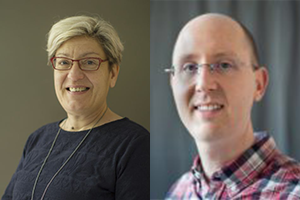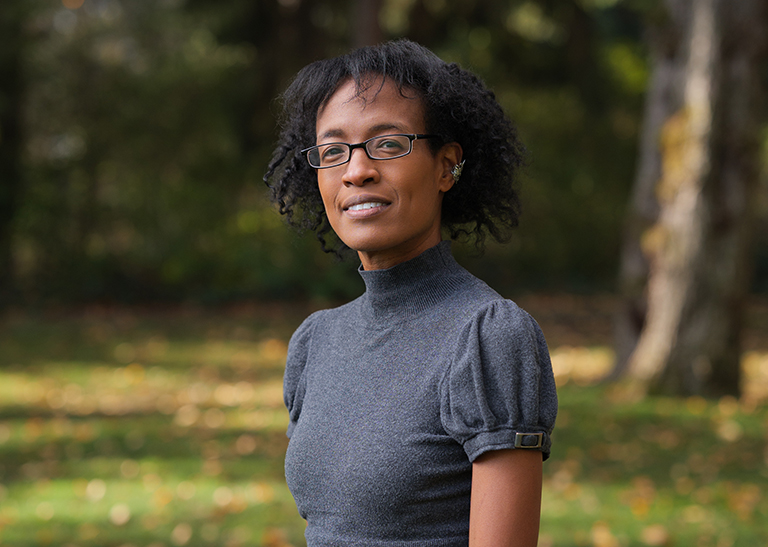Santhosh Sridhar, Ankush Nandi, and Shaunak Deshpande won first prize for “Foam in Bloom” in the “Most Stunning” category in the 2025 Plenty of Beauty at the Bottom image contest hosted by the National Nanotechnology Coordinated Infrastructure (NNCI).
Plenty of Beauty at the Bottom: UW engineers create 2025’s Most Stunning microscope image









